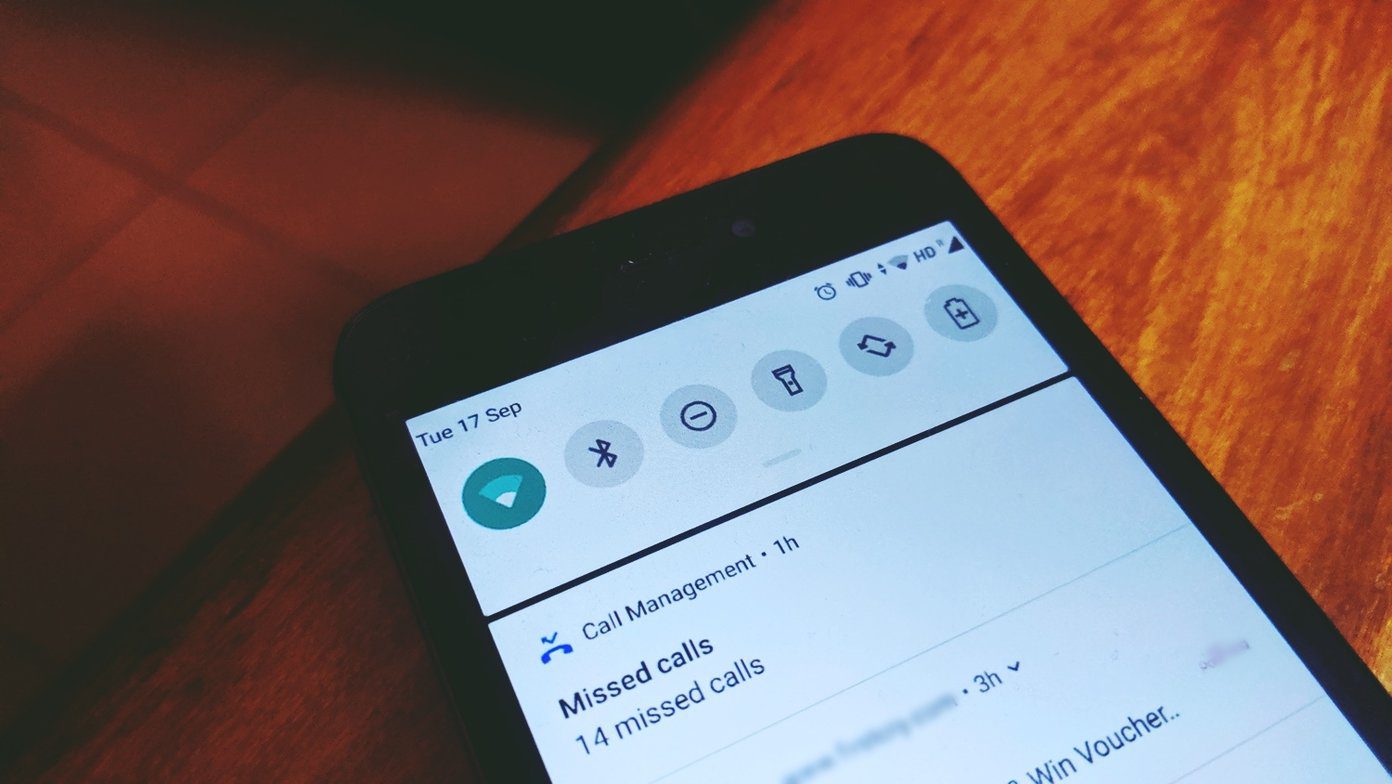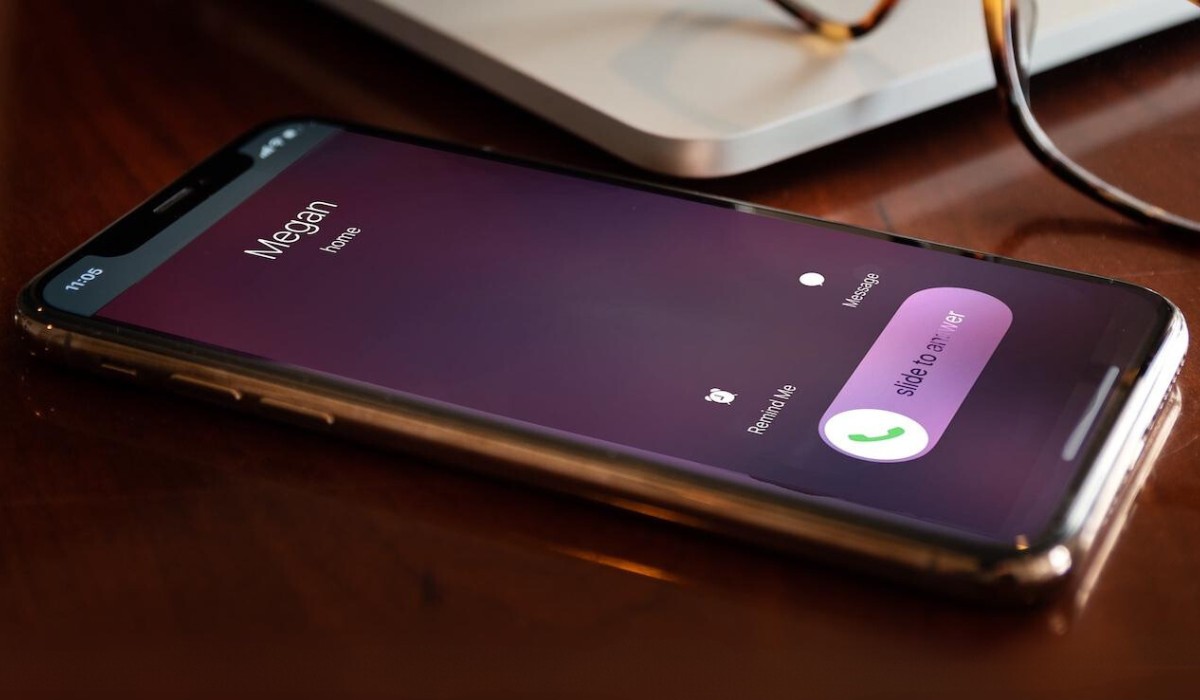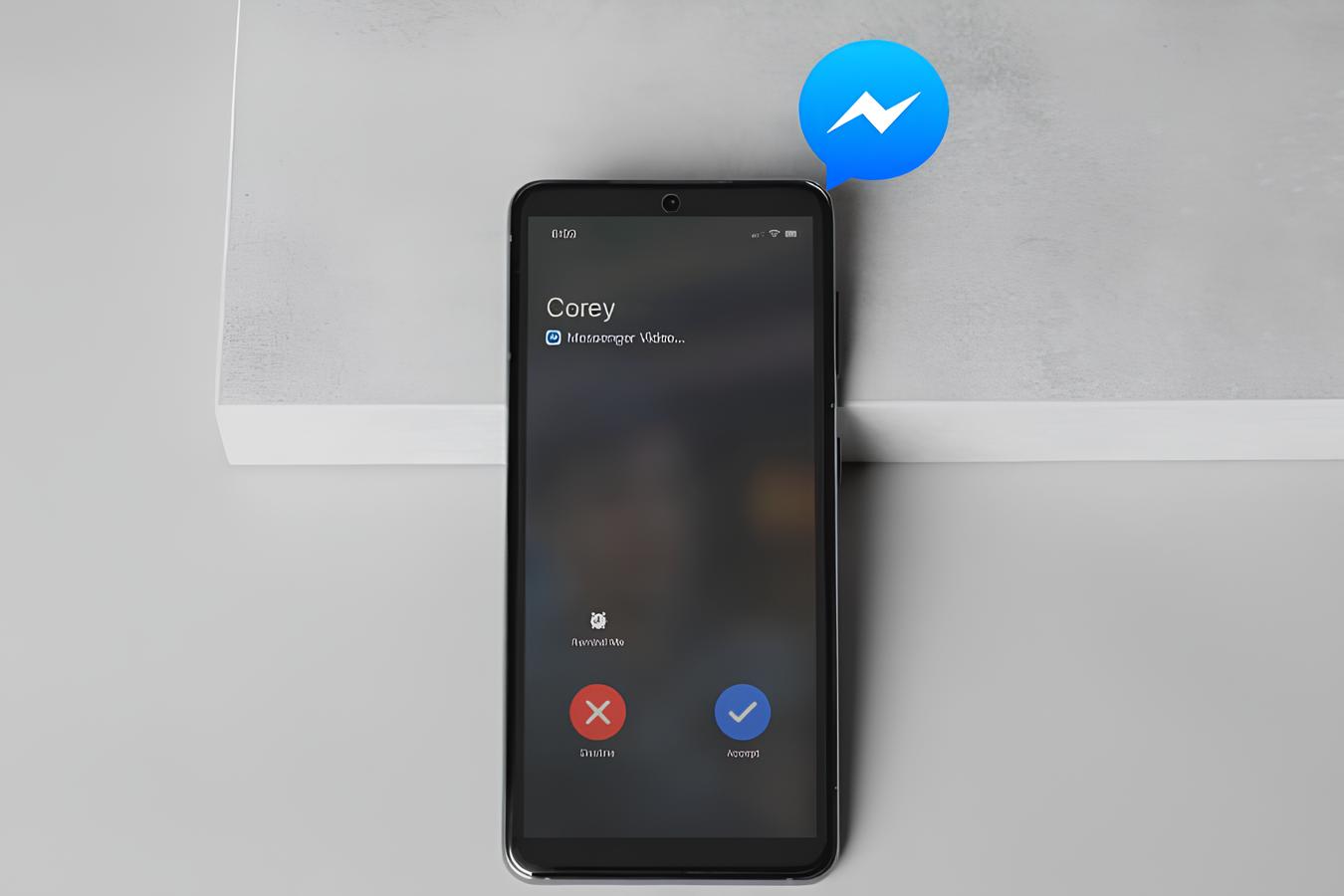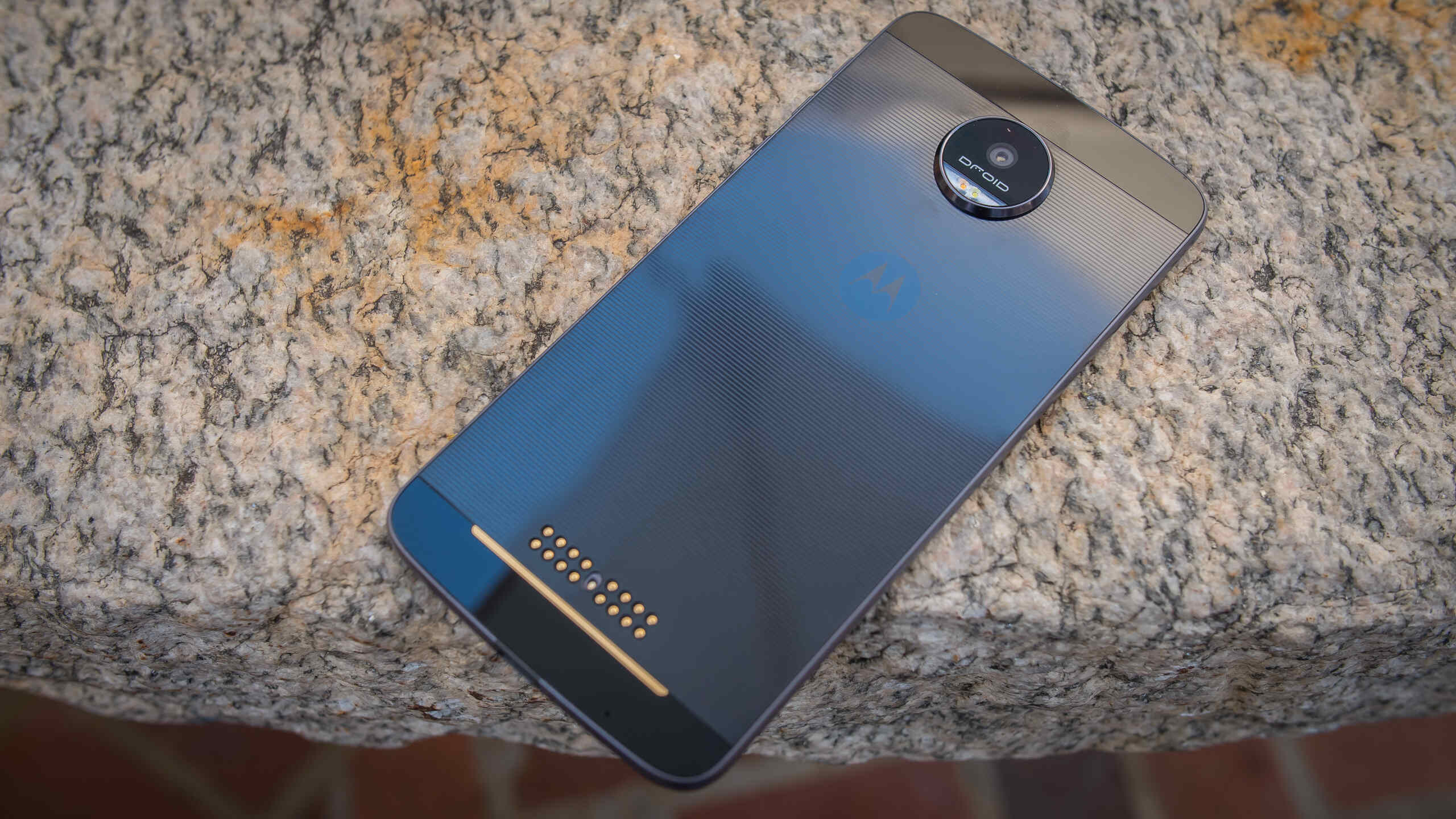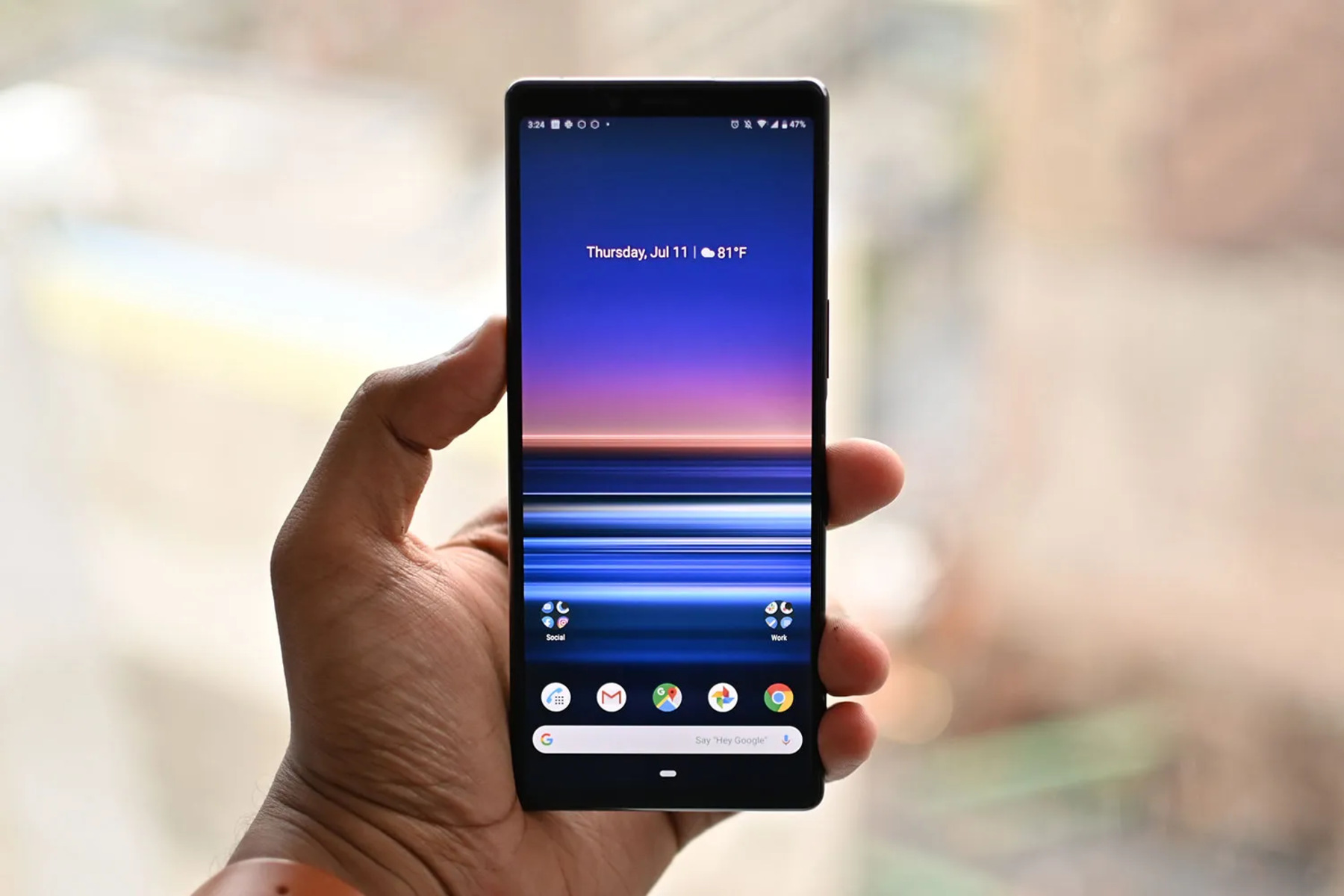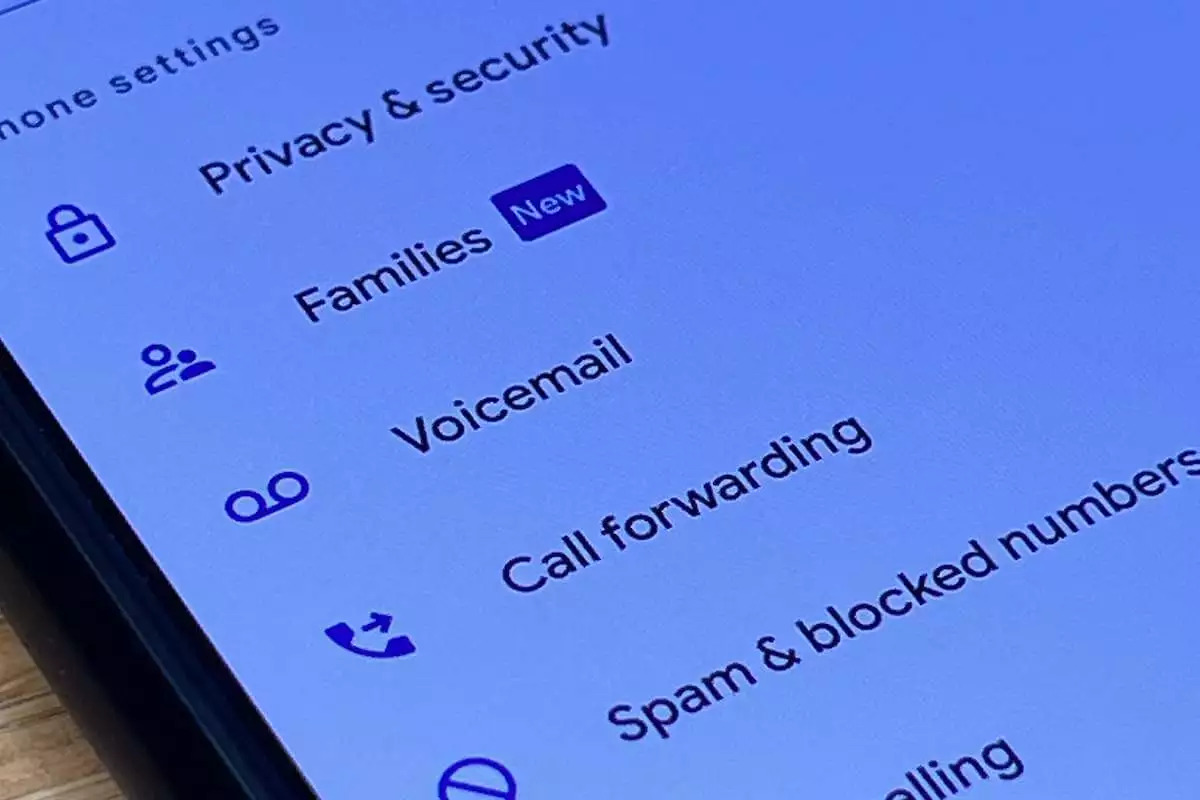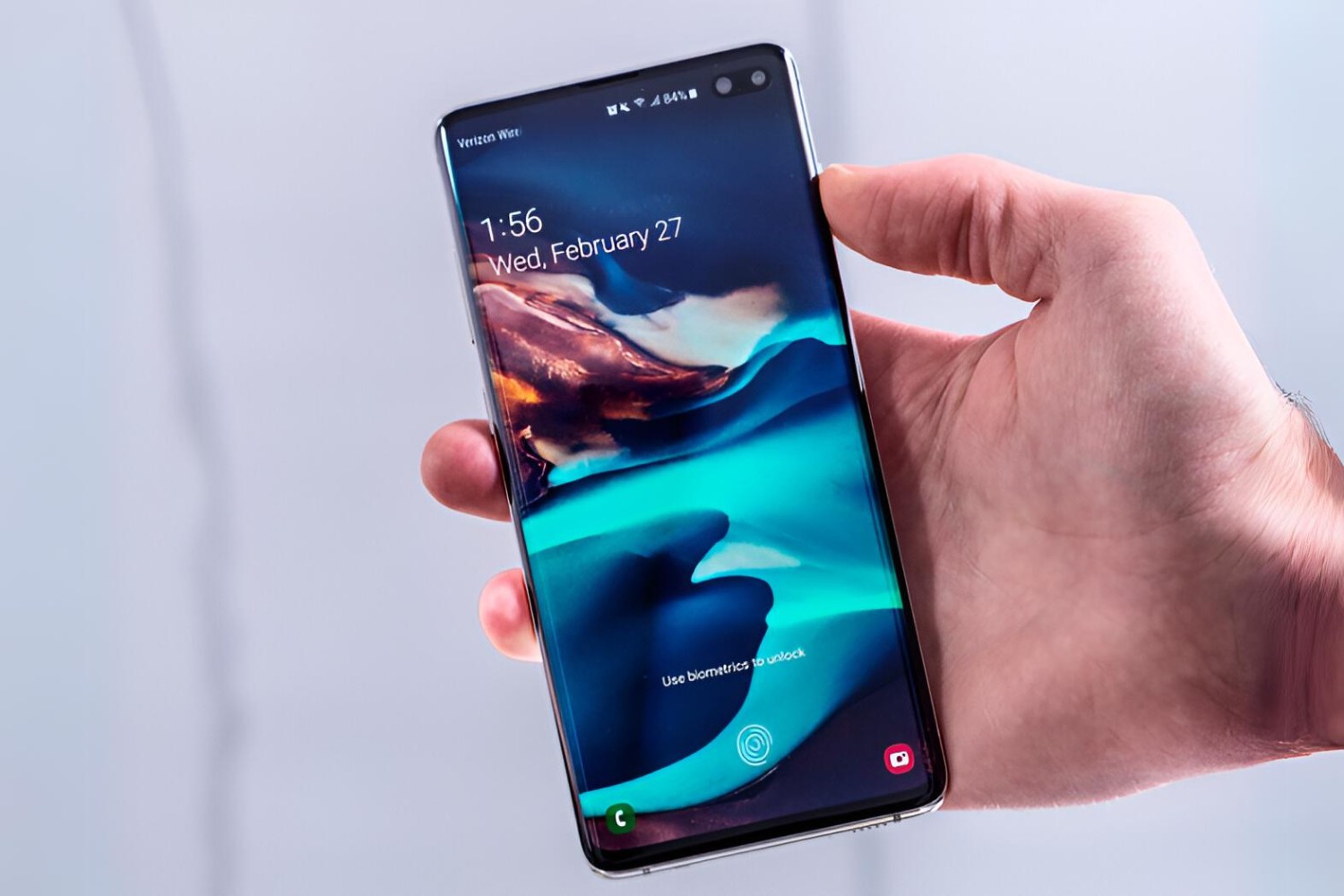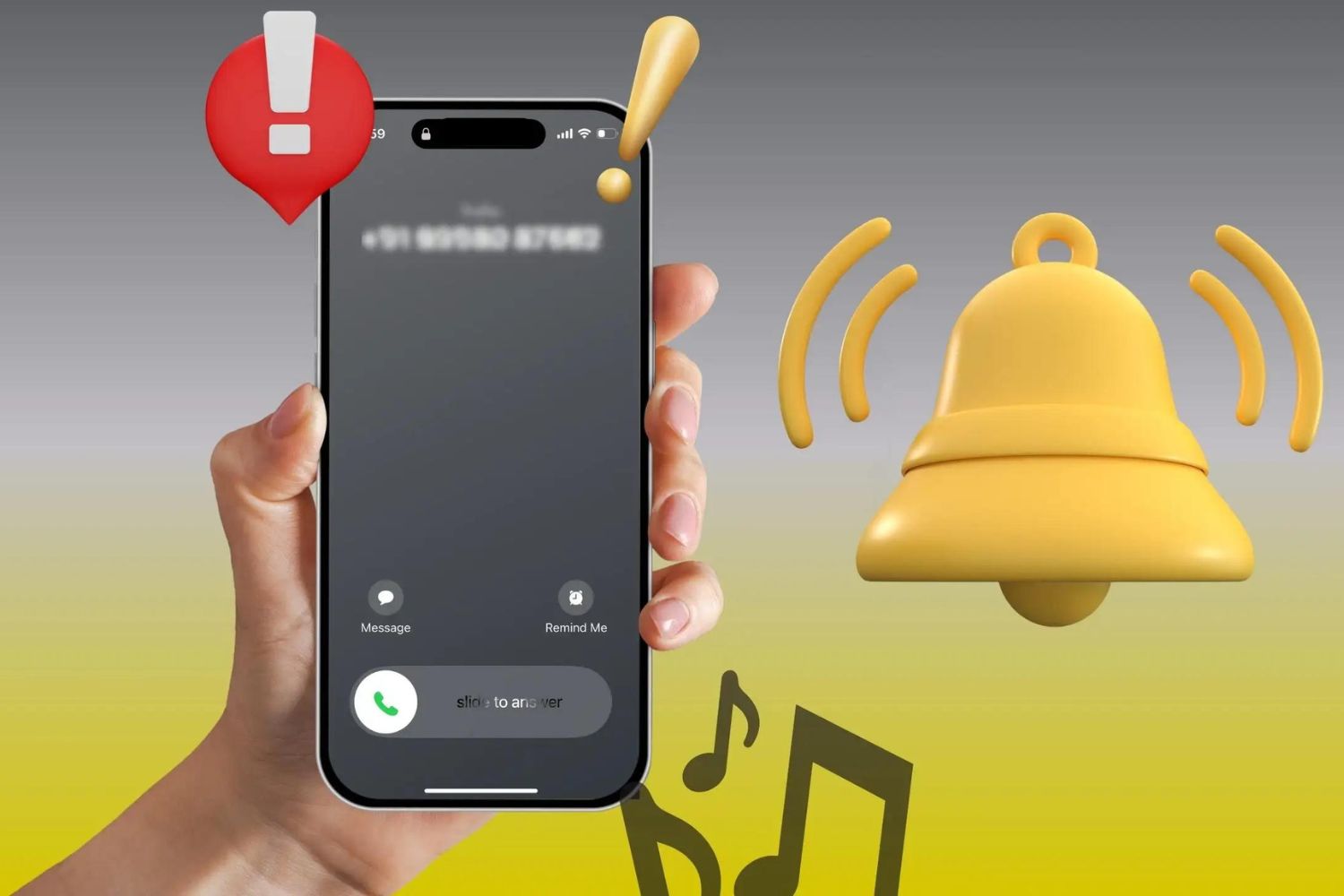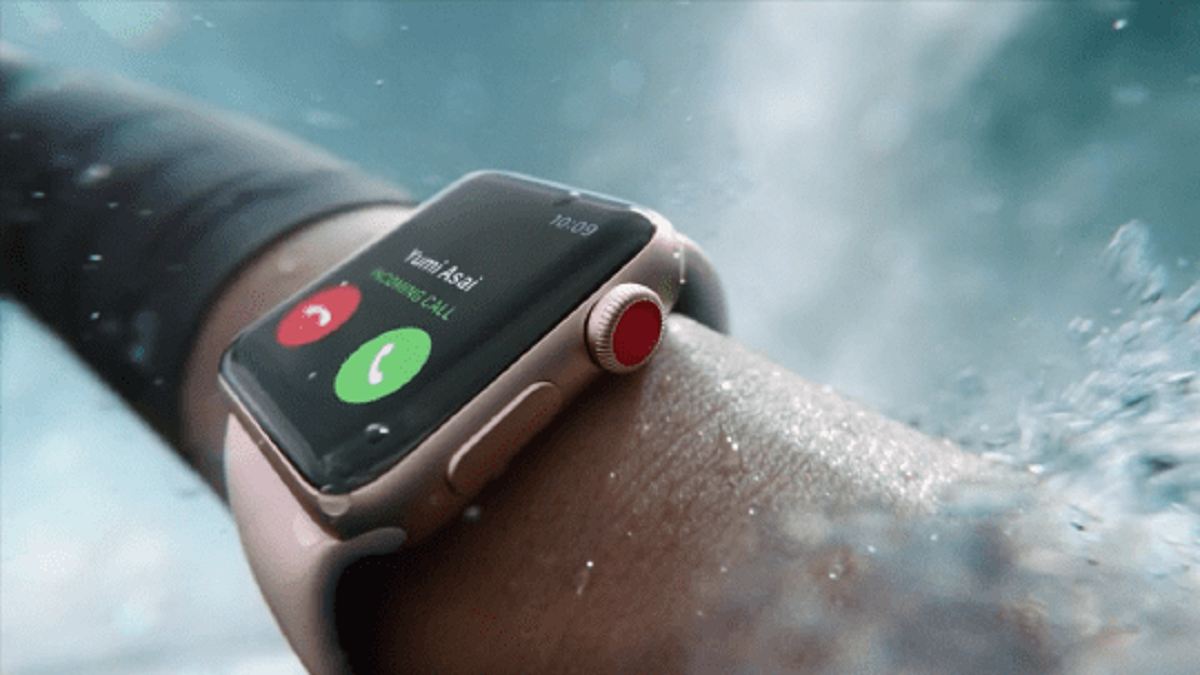Common Issues with Missed Calls and Notifications
Missing important calls and notifications can be frustrating and may lead to misunderstandings or missed opportunities. Several common issues can contribute to this problem, including technical glitches, device settings, and network connectivity. Understanding these issues is the first step toward resolving them effectively.
-
Do Not Disturb Mode: One common reason for missed calls and notifications is the activation of the "Do Not Disturb" mode. When this mode is enabled, all incoming calls and notifications are silenced, potentially leading to missed communication. It's essential to check the device's settings and ensure that the "Do Not Disturb" mode is disabled when it's not needed.
-
Weak Network Signal: In areas with poor network coverage, calls and notifications may not come through as expected. A weak signal can lead to dropped calls and delayed notifications, causing frustration for the user. Checking the signal strength indicator on the device can help identify areas with poor reception and prompt users to seek better signal reception locations.
-
App Permissions: Certain apps require specific permissions to deliver notifications effectively. If these permissions are not granted, notifications may not appear as intended, leading to missed updates and messages. Reviewing app settings and ensuring that necessary permissions are enabled can help resolve this issue.
-
Battery Saver Mode: Some devices have a battery saver mode that restricts background activities, including notifications. When the battery saver mode is active, notifications may be delayed or suppressed to conserve power. Users should be aware of their device's battery saver settings and consider adjusting them to allow for timely notifications.
-
Software Updates: Outdated software can lead to compatibility issues, potentially affecting the reception of calls and notifications. Keeping the device's operating system and apps up to date is crucial for optimal performance and reliable communication. Regularly checking for and installing software updates can address underlying issues that contribute to missed calls and notifications.
-
Silent or Vibration Mode: Accidentally setting the device to silent or vibration mode can result in missed calls and notifications, especially in noisy environments where the vibration may go unnoticed. Users should periodically check their device's sound settings to ensure that calls and notifications are audible when needed.
Understanding these common issues with missed calls and notifications is the first step toward troubleshooting and resolving these challenges effectively. By addressing these potential issues, users can optimize their devices to ensure reliable communication and stay connected without missing important calls and notifications.
Troubleshooting Steps for Missed Calls
When faced with missed calls, it’s essential to take proactive steps to identify and resolve the underlying issues. By following troubleshooting steps, users can improve their chances of receiving calls promptly and staying connected.
-
Check Network Signal: Start by checking the device’s network signal strength. A weak signal can lead to missed calls or dropped connections. If the signal is poor, consider moving to an area with better reception or switching to a different network provider for improved coverage.
-
Disable Do Not Disturb Mode: Ensure that the device’s "Do Not Disturb" mode is turned off. This mode silences all incoming calls and notifications, potentially leading to missed communication. Verifying the mode’s status can prevent unnecessary call disruptions.
-
Review Call Settings: Check the device’s call settings to ensure that call forwarding, call barring, or other call-related features are not inadvertently activated. Adjusting these settings can help prevent missed calls due to call routing issues.
-
Restart the Device: Sometimes, a simple device restart can address temporary glitches that may be causing missed calls. Restarting the device can help reset network connections and resolve minor software issues that affect call reception.
-
Update Software: Ensure that the device’s operating system and call-related apps are up to date. Software updates often include bug fixes and improvements that can enhance call reception and overall device performance.
-
Check Call Blocking: Verify that the device’s call blocking or spam call filtering features are not inadvertently blocking legitimate calls. Adjusting call blocking settings can prevent missed calls from trusted contacts.
-
Monitor Call Quality: Pay attention to call quality during conversations. If calls frequently drop or experience audio issues, it may indicate network or device-related problems that need to be addressed to prevent missed calls in the future.
By following these troubleshooting steps for missed calls, users can actively address potential issues that may be hindering call reception. Taking proactive measures to optimize call settings, network connectivity, and device performance can significantly reduce the likelihood of missed calls and ensure seamless communication.
Troubleshooting Steps for Missed Notifications
Missed notifications can lead to overlooked messages, updates, and alerts, potentially impacting productivity and communication. To address this issue, users can follow specific troubleshooting steps to identify and resolve the underlying causes of missed notifications, ensuring that important information is received in a timely manner.
-
Review App Notification Settings: Start by reviewing the notification settings for individual apps. Ensure that notifications are enabled for relevant apps and that any specific preferences, such as sound or vibration alerts, are configured according to the user’s preferences.
-
Check Do Not Disturb and Silent Modes: Verify that the device’s "Do Not Disturb" mode and silent mode are disabled when notifications are expected. These modes can suppress notifications, leading to missed updates and messages.
-
Manage App Permissions: Some apps require specific permissions to deliver notifications effectively. Review the app permissions settings to ensure that necessary permissions, such as access to notifications and background data, are granted for optimal notification delivery.
-
Clear App Cache: Clearing the cache for certain apps can resolve potential issues related to notification delivery. By removing temporary data stored in the app’s cache, users can refresh the app’s functionality and improve notification reliability.
-
Restart the Device: A simple device restart can help address software glitches that may be affecting notification delivery. Restarting the device can reset system processes and potentially resolve issues that lead to missed notifications.
-
Update Apps and System Software: Ensure that both apps and the device’s operating system are up to date. Software updates often include bug fixes and improvements that can enhance notification delivery and overall device performance.
-
Monitor Notification Delivery: Pay attention to the consistency of notification delivery across different apps. If certain apps consistently fail to deliver notifications, it may indicate specific app-related issues that need to be addressed.
By following these troubleshooting steps for missed notifications, users can actively address potential issues that may be hindering timely updates and communication. Taking proactive measures to optimize notification settings, app permissions, and device performance can significantly reduce the likelihood of missed notifications and ensure that important information is promptly received.
Tips for Optimizing Ring Reception
Optimizing ring reception is crucial for ensuring that calls and notifications are promptly received, especially in situations where reliable communication is essential. By implementing the following tips, users can enhance their device’s reception capabilities and minimize the likelihood of missed calls and notifications.
-
Choose a Strong Network Provider: Select a network provider known for its reliable coverage and signal strength in the user’s area of frequent activity. A strong network provider can significantly improve call and notification reception, reducing the chances of missed communication.
-
Monitor Signal Strength: Pay attention to the device’s signal strength indicator and identify areas with weak reception. By avoiding or minimizing time spent in areas with poor signal coverage, users can optimize their ring reception and improve call and notification reliability.
-
Keep Software Updated: Regularly update the device’s operating system and apps to ensure optimal performance and compatibility. Software updates often include enhancements that can improve signal reception and overall communication reliability.
-
Utilize Wi-Fi Calling: When cellular signal strength is limited, consider using Wi-Fi calling as an alternative. Wi-Fi calling can provide a reliable communication option, especially in areas with poor cellular reception.
-
Disable Battery Saver Mode: If the device has a battery saver mode that restricts background activities, consider adjusting the settings to allow for consistent call and notification reception. Disabling battery saver mode can prevent delays in receiving important communication.
-
Optimize App Notifications: Review and customize notification settings for individual apps to ensure that important alerts are not missed. Configuring sound, vibration, and priority settings for notifications can improve the likelihood of timely notification delivery.
-
Invest in Signal Boosters: For users in areas with consistently poor signal reception, investing in signal boosters or network extenders can significantly enhance ring reception and overall connectivity.
By implementing these tips for optimizing ring reception, users can proactively enhance their device’s communication capabilities and minimize the risk of missed calls and notifications. Prioritizing strong network coverage, staying updated with software enhancements, and customizing notification settings can collectively contribute to a more reliable and seamless communication experience.







